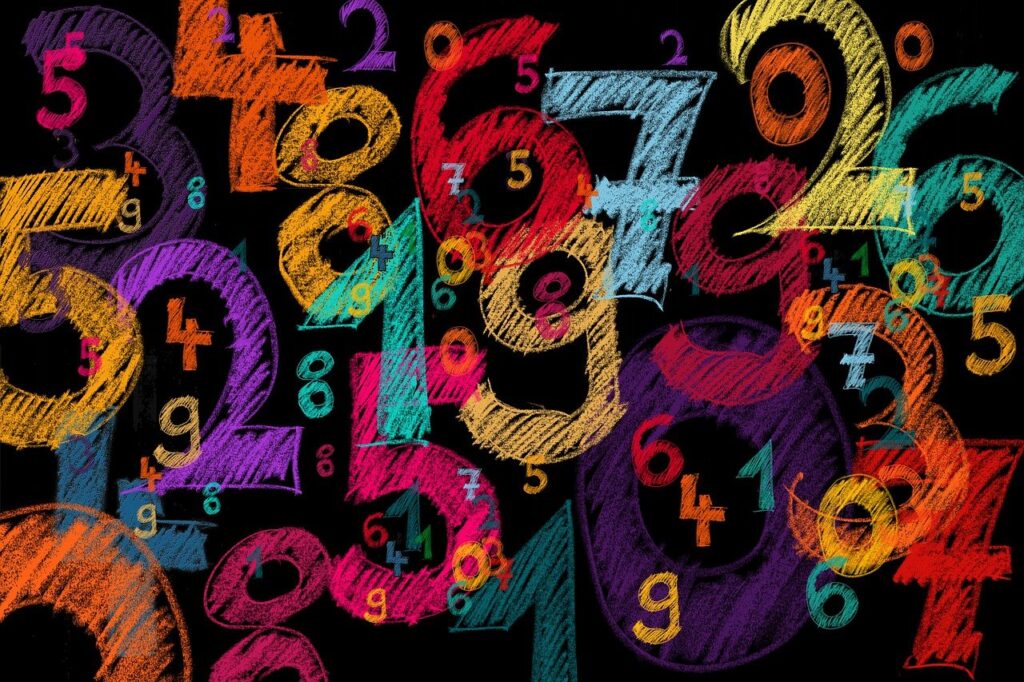In math, the divisibility rule or divisibility test is a method or guideline used to determine if one number can be divided evenly by another number without leaving a remainder. These rules are helped shortcuts for quickly checking divisibility without performing the actual division. We have divisibility rules for 1, 2, 3, 4, 5, 6, 7, 8, 9, 10, 11, 13, 13, and so on. In this article, we are going to discuss the “Divisibility Rule of 7”.

Table of Contents
Divisibility Rule of 7? (1st method)
The divisibility rule of 7 states that, if a number is divisible by 7, then the difference between twice the last digit (unit digit) of the given number and the remaining part of the given number, should be divisible by 7 or it should be equal to 0. If it’s still a large number, you may need to repeat the process until you get a manageable result.
Example:
Q1. Let’s check if the number 7651 is divisible by 7.
Answer- Double the last digit; (1×2=2 ).
Subtract it from the remaining digits; (765-2=763).
Now, repeat the process with 763:
Double the last digit; (3×2=6).
Subtract it from the remaining digits; 76-6=70.
Now, repeat the process with 70;
double the last digit; (0×2=0).
Subtract it from the remaining digits; 7-0=7.
Since 7 is divisible by 7, then 7651 is also divisible by 7.
Divisibility Rule of 7; (2nd method)
The grouping method for testing divisibility by 7 involves dividing the number into groups of three digits from right to left. Then starting from the rightmost group, subtract the sum of the first and second groups from the third group. if the result is divisible by 7, then the original number is also divisible by 7. Repeat this process if necessary until you get a manageable result.
Example:
Q.2 Let’s take the number 123456789.
Step1: Group the digits into threes from right to left: 123, 456, 789.
Step2: Start from the rightmost group and subtract the the sum of the first and second groups from the third group; i. e 789-(123+456)=789-579=210.
Step3: Check if the result is divisible by 7. Here, 210 is divisible by 7 because 7×30=210, so the original number 123456789, is also divisible by 7.
Chika’s Rule for Divisibility by 7; (3rd method)
Take the last digit of any number, multiply it by 5 and then add this to the remaining part of the number, you will get a new number. If this new number is divisible by 7, then the original number is also divisible by 7. Repeat this process if necessary until you get a manageable result.
Example:
Q.3 Let’s take the number 854.
Answer- Take the last digit and multiply it by 5; (4×5=20).
Add 20 to remaining part of the number; (85+20=105).
Now repeat this process with 105.
Take 5 and multiply it by 5; (5×5=25).
Add 25 to remaining part of the number; (10+25=35).
Since 35 is divisible by 7, then 854 is also divisible by 7.
Read more: Divisibility Rules
Why Divisibility Rules are important in Math?
Divisibility Rule of 7 Examples:
Q. a which of the following number is divisible by 7?
- 714
- 212
- 342
Solution:
Correct answer is option 1) 714
Explanation:
- 714
Step1: Double the last digit; 4×2=8.
Step2 : Subtract it from 71; 71-8=63.
63 is divisible by 7, hence 714 is also divisible by 7.
2. 212
Step1: Double the last digit; 2×2=4.
Step2: Subtract it from 21; 21- 4=17.
17 is not divisible by 7, hence 212 is not divisible by 7.
3. 342
Step1: Double the last digit ; 2×2=4.
Step2: Subtract it from 34; 34-4=30.
30 is not divisible by 7, hence 342 is not divisible by 7.
Practice Questions:
Q.1 Check which of the following numbers are divisible by 7?
- 122
- 763
- 865
- 749
Q.2 What is the Divisibility Rule of 7?
FAQs:
Q.1 Is 48 divisible by 7?
Answer- No, 48 is not divisible by 7.
Q.2 Is 210 divisible by 7?
Answer- Yes, 210 is divisible by 7. Because, 210 is a multiple of 7.
Q.3 How many numbers are there between 1 and 50 are divisible by 7?
Answer- There are 7 numbers between 1 and 50 which are exactly divisible by 7. They are 7, 14, 21, 28, 35, 42, 49.
